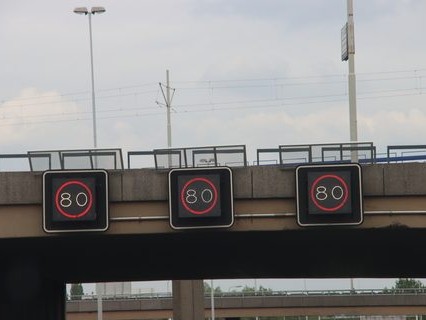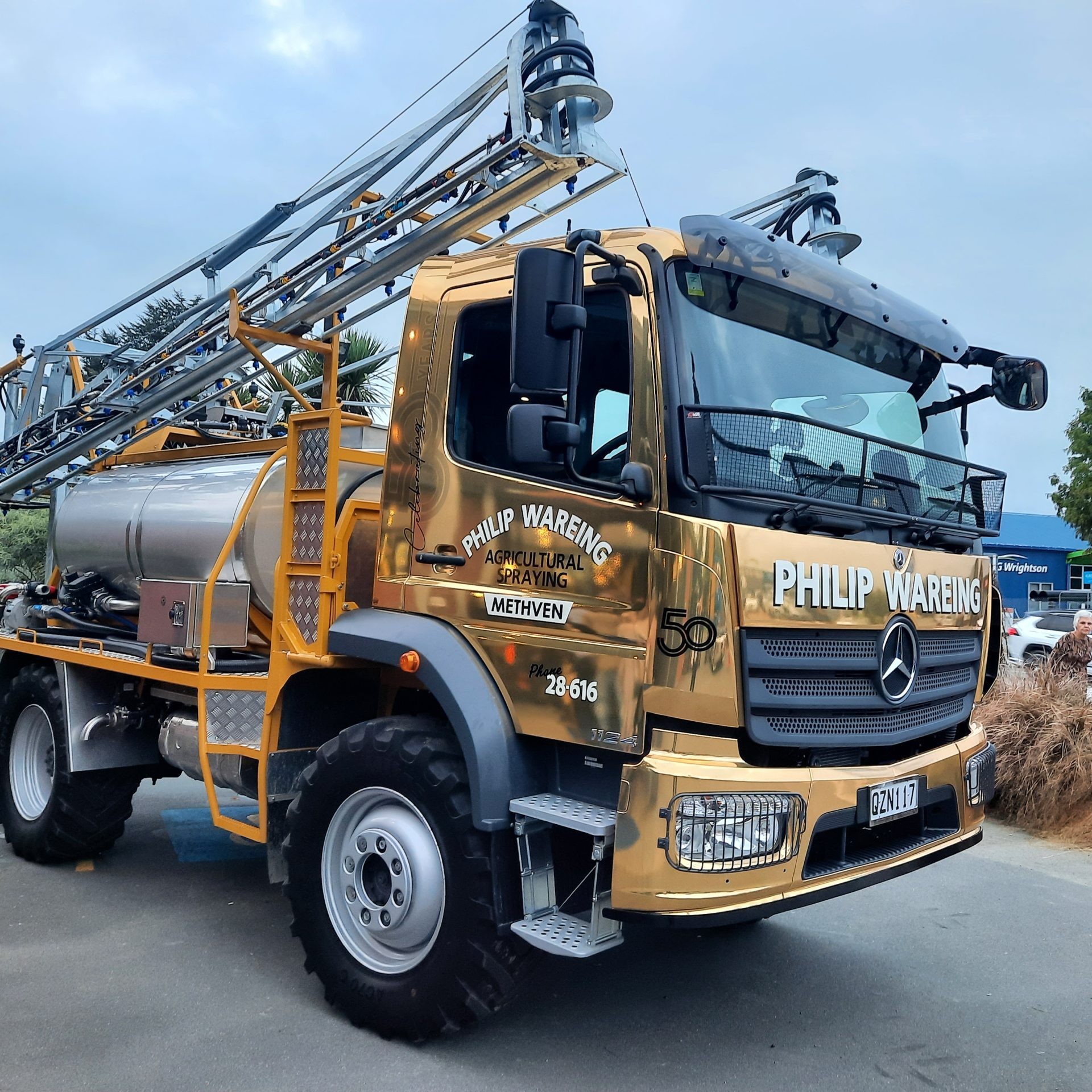
All Kiwis want to cut the road toll and reduce serious injuries. The ongoing question is how best to do that. It’s fair to say that most people in our industry don’t believe that cutting speeds wholesale on highways and roads across New Zealand will have the impact that Waka Kotahi and others say it will in making those needed reductions.
Already the road toll is tracking to be the highest it’s been for a number of years, and it is still only November. Unfortunately, where speed reductions have already been brought in across the country, they have not been shown to have made any meaningful difference.
The problem with the Road to Zero philosophy is that there is too narrow a focus on just one strategy – speed reduction – to reduce deaths and serious injuries. A more balanced approach would be to focus on other measures that have been proven to be effective: such as road conditions, road maintenance, and driver fatigue, restraint and distraction.
Transporting New Zealand has campaigned very strongly for tougher measures to combat driving under the influence of substances (roadside drug testing), which we know is a major issue. We are pleased that police will be launching a roadside trial next year, and it is likely heavy vehicles will be targeted in this trial. We also strongly support Autosense ambassador and driving safety advocate Greg Murphy’s message that better driving skills are really important, too.
Slowing all our roads down will make it harder to transport freight and make it harder to take your kids to school or to take your grandma to the doctor. We can’t carry anything more than about 12% of our freight by rail, and we can’t all jump on a bus or train or a bicycle – those options just don’t exist for many New Zealanders. It’s as if some believe these options of rail and bicycles are morally superior, but they are unrealistic and impractical.
The government has cited Sweden as an example where they have reduced speed and had good results, but Sweden has much higher quality roads and maintenance, they have 20 times the number of expressways per capita as New Zealand, and the top speed on those top roads is 120 km/h.
In fact, developed countries that have good public transport systems also have good highway networks, with well-maintained, multi-lane roads.
A different approach has been taken in the UK, where speeds for heavy goods vehicles was increased to match other road traffic, with the result that both productivity and safety increased. (For details, see the UK Government’s report here.) This is a time when the New Zealand economy needs productivity, as strong headwinds continue.
This is also why Transporting New Zealand has taken the position that there should be bypasses and heavy vehicle lanes around towns and residential areas to prioritise and separate heavy vehicle traffic to allow it to move faster.
A maintenance mountain has built up in New Zealand because for a decade and a half, we haven’t spent the money needed on road maintenance. Sadly, in the last five years we haven’t been spending it on building new roading projects either. We know that new roads are safer and better engineered. The approach driven by Government philosophy seems to have been to run down the asset and then tell everyone it’s unsafe so we must reduce speeds.
Our message is that when you slow down trucks you slow down the economy. In many cases, you are going to require additional trucks to be put onto the road to fulfil the freight task. If they sit idling on the road in traffic because the roads are not good enough then they will add to harmful emissions.
We need better, more workable strategies than this obsession with cutting speeds. Transport has got to be practical and efficient to support people’s everyday lives, and to help our economy grow.
– Nick Leggett is chief executive of Ia Ara Aotearoa Transporting New Zealand.
And you can listen to me talking to David Killick here.
Photo 190211983 / Road Signs © André Muller | Dreamstime.com


